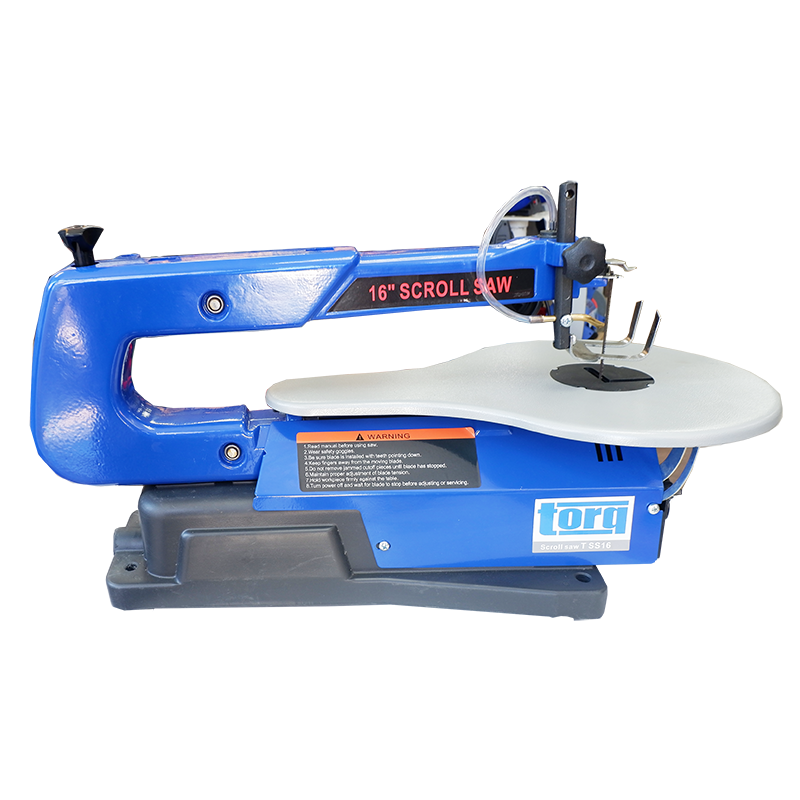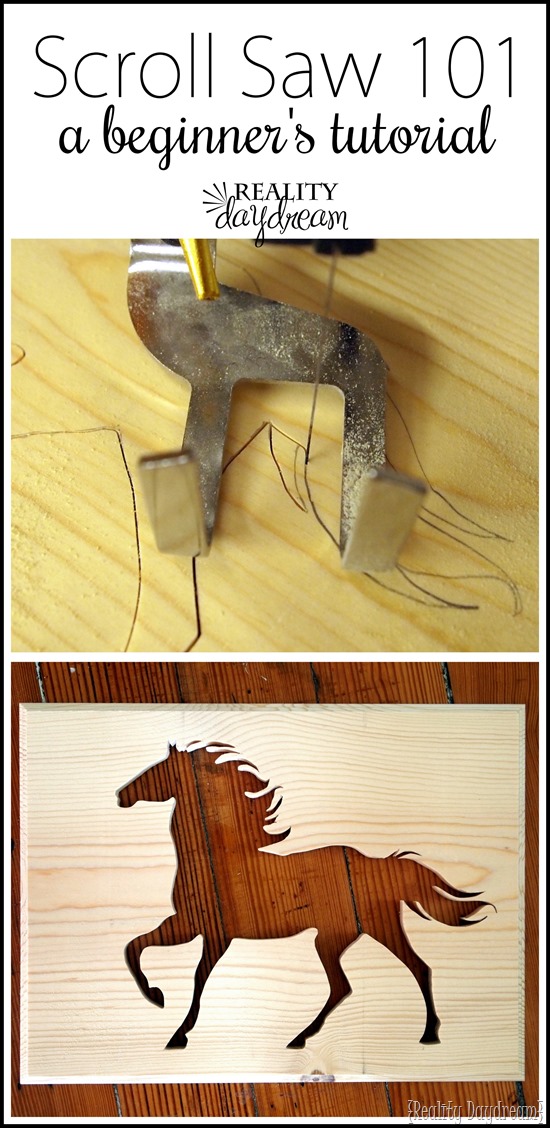
A bandsaw is only as good or as sharp as its blade when it comes to cutting tight curves. The cheaper models often come with a less expensive blade. Professionals have many blades. However, DIYers only tend to have one or two. There are many things to take into consideration when choosing the best bandsaw for tight curves. The width of the blade should depend on the type of cut you're making. Narrow blades are best for delicate work, while a 3/4-inch-wide blade works best for straight cuts.
Variable pitch
A Variable Pitch saw blade may be right for you if the task is tight. Read on to learn how to select the right blade. This blade can easily cut through closed openings or tight curves. First, create relief cuts around curves to give the blade more room to turn. Then, clean the path by removing any waste.
This band saw blade has a lot of advantages, including its superior-quality teeth. The band saw's teeth are subjected two walls of tube-steel steel to multiple forces. As it moves forward, the saw's downward feed pressure allows the tooth to be released. Thicker chips, on the other hand, tend to stick to teeth and cause problems with the cut quality. The groove geometry promotes coolant flow and flushes out any chips trapped in the teeth.
Regular-tooth
A wide blade is preferred for cutting curves. The width of the blade determines the smallest radius of cut. A narrower blade's width is best for cutting tight curves. Larger blades are good for resawing, as well as for making near-straight cuts. To determine the correct blade width for any given job, refer to the table below. The chart also gives guidelines for choosing the appropriate blade width.

If you are looking for a regular tooth band saw blade to cut tight curves, remember that it will be exposed at higher temperatures. This means you will need more force to cut a specific part. The blade can also drift in one direction when cutting which increases the chance of getting burns or smoke. To prevent this, you can place a thin layer of beeswax on the blade.
0deg. Angle of the rake
For the most accurate results in cutting tight curves, the 0deg. For best results, the rake angle on a bandsaw blade should be set. This angle helps in maintaining the cutting edge's continuous edge with little buildup edge. While the rake angle can't be measured directly, it can be estimated using a force gauge which acts in the same direction as the cutting edge. In addition, cutting ratio values can also be empirically determined either directly, or indirectly.
The radii and kerf sizes will help you determine the correct rake angle. Be aware that different bands saw blades will produce different kerf sizes. Make sure to know the material you are using so that you can choose the right one. A scrap of wood can be used to check the rake angle on the bandsaw blade.
Wood Slicer
Band saws are versatile tools that can easily cut narrow curves and open spaces. A few relief cuts can help make your job more straightforward. These cutouts allow the blade to turn more freely. To give the blade more space to turn, remove any small pieces of waste after each cut. After you have completed the workpiece, turn off the blade.
A 1/4 inch blade is ideal for small inside cuts and curves. The 1/4-inch blade can be used to make precise inside cuts, without the blade slipping. But for a more accurate cut, you'll need to make intersecting cuts first before cutting. You should adjust the depth gauge of your saw to avoid binding, particularly on tight curves. You can also use a larger blade but with a smaller radius.
Freshcut 37

The Freshcut37 band saw blade is great for cutting tight curves. The blade is equipped with a relief cut. This allows the blade to complete the curve before moving on. The blade wraps around the cut and leaves small pieces of waste for easy turning. Always back out every cut when you are cutting the curve. This will stop the saw from twisting in the next cut.
Variable pitch blades are ideal for cutting tight curves with your bandsaw. This blade can cut a wide range of materials like wood, metal, or plastic. The variable pitch allows it to be used for a wider range of applications. This saw blade is ideal for cutting plastics, metals, and composites. This bandsaw blade is made out of heat-treated steel, which provides extra durability.
FAQ
Where can I begin with woodworking
You can learn the most effective way to build furniture by actually building it. Although you will need to have tools and may make mistakes along your journey, you'll soon be able to master it.
Start by choosing a project you'd like to complete. It can be something as simple and small as a box, or large-scale as an entertainment center. Once you've decided on a project, find a local woodworker who specializes in that kind of work. Ask them for suggestions on the tools you will need and where to buy them. Perhaps you could ask if there is someone else who does this type of work.
Can I make a living doing this?
Yes! Many woodworkers are already doing so. According to the U.S. Bureau of Labor Statistics, the median annual woodworker wage was $34,000 in May 2012. This is higher than the $31,000 annual national average.
Which material would you recommend for woodworking lessons?
Start with softwood like pine, poplar and ash. After you are comfortable with the softwoods, move to hardwood.
Where can you buy your woodworking materials?
There are many places that you can find all the information you need. You could go to your local hardware shop or visit websites such as Amazon.com.
For furniture and other materials that you can reuse, check out flea markets and garage sales.
How do I know what tools are best suited for me?
It's important that you consider your needs and preferences while shopping for tools. What do you prefer: metal or plastic handles? What size screws or nails do you prefer? Are you comfortable with power tools, or would you rather use hand tools?
What is the difference between plywood and particle board?
Plywood is made up of layers of wood pressed together under pressure. Plywood is available in a variety of thicknesses. It is often used to make cabinets or flooring. Particle board is made of sawdust and resin that has been compressed into large blocks. It's often used for home renovation projects. Both boards are strong and can be easily cut.
Is it necessary to be a genius in woodworking to succeed?
No. Woodworking does not require any special skills. Anyone can learn to use basic powertools and techniques to create beautiful work of art.
Statistics
- The best-paid 10 percent make $76,000, while the lowest-paid 10 percent make $34,000. (zippia.com)
- Woodworkers on the lower end of that spectrum, the bottom 10% to be exact, make roughly $24,000 a year, while the top 10% makes $108,000. (zippia.com)
- The U.S. Bureau of Labor Statistics (BLS) estimates that the number of jobs for woodworkers will decline by 4% between 2019 and 2029. (indeed.com)
- Overall employment of woodworkers is projected to grow 8 percent from 2020 to 2030, about as fast as the average for all occupations. (bls.gov)
External Links
How To
How to stain wood
Staining wood is the process of applying chemicals to the wood's exterior, which alters its color. This chemical reaction causes the wood to change from white to brownish red. Although oak is the most popular type of wood to stain, there are many other types that can be used.
There are several ways to apply stains to wood surfaces. Some methods involve mixing the stain with a solvent (such as turpentine) and then brushing or spraying the mixture onto the wood. Some methods involve a mixture of water and dye that is applied directly to the wood. You can mix stains into varnishes or paints to make them part of your finish coat.
Preparing your wood for staining is the first thing to do. You must clean the wood well to remove any grease or dirt that might interfere with the application of the stain. Sanding can smoothen out scratches and uneven spots. The next step is to determine the type of stain you would like to use. Penetrating stains are different from non-penetrating. Penetrating stains penetrate deeper into the wood than non-penetrating ones, making them ideal for dark colors such as mahogany. Non-penetrating stains work best with light colors like maple.
After you've decided what type of stain to apply, get ready for your tools. You can use a paintbrush to apply stains. This allows you spread the liquid evenly over the surface. You should also have some handy rags to wipe up excess stains after you finish painting. If you plan on mixing the stain yourself make sure that you have enough containers to hold the different components.
Once you have prepared all your materials, it is time to clean the areas where you will stain the wood. You can remove grime and dirt with warm water and soap. You can wipe down the entire furniture using a damp rag with clean water. You should remove any debris, especially if your plan is to stain darker wood.
Next, apply the stain. Apply the stain by brushing or spraying it onto one side of the furniture. You should work slowly and carefully. Continue moving along the grain until you reach your opposite end. Make sure that the stain does not drip off the edge of the wood. Allow the stain to dry completely before you move on to the next step.
Clear polyurethane is used to protect the painted surfaces. Apply three coats with polyurethane. Allow the third coat to dry overnight, before sanding.